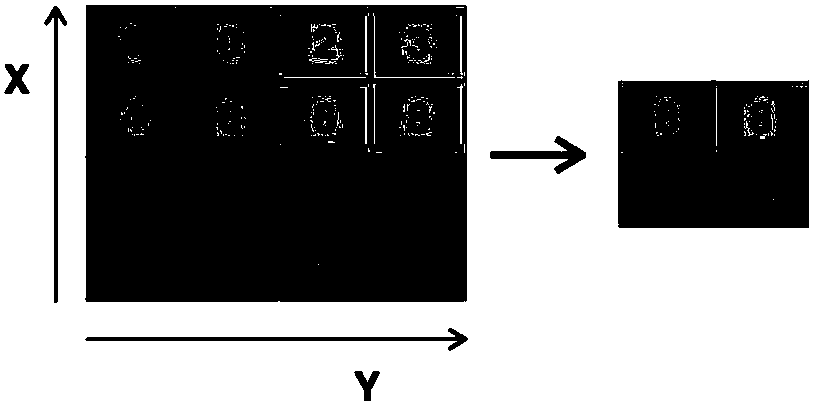Deep convolutional network-based airborne ground penetrating radar target identification method
A technology of deep convolution and ground penetrating radar, applied in neural learning methods, character and pattern recognition, biological neural network models, etc., can solve problems such as inability to achieve real-time processing, labor-intensive, and unreachable, and achieve real-time efficiency The effect of identifying targets, reducing labor costs, and maximizing practicability
- Summary
- Abstract
- Description
- Claims
- Application Information
AI Technical Summary
Problems solved by technology
Method used
Image
Examples
Embodiment Construction
[0056] A method for recognizing an airborne ground-penetrating radar target based on a deep convolutional network, comprising the following steps:
[0057] Step 1: Collect training samples:
[0058] This step is to obtain data during the training phase. In order to ensure the reliability of the results, the terrain, soil conditions, and the material and size of the target should be close to the relevant conditions when obtaining the predicted data.
[0059] Step 101: Bury the target object underground in the application site, and record the position P of the target object; the position of the target object is recorded according to the distance from the starting point of the aircraft;
[0060] Step 102: Control the aircraft equipped with the ground penetrating radar to move through the application site at a uniform speed in a straight line, emit electromagnetic signals and record the return waveform;
[0061] The ground penetrating radar described in this step is composed of a...
PUM
 Login to View More
Login to View More Abstract
Description
Claims
Application Information
 Login to View More
Login to View More - R&D
- Intellectual Property
- Life Sciences
- Materials
- Tech Scout
- Unparalleled Data Quality
- Higher Quality Content
- 60% Fewer Hallucinations
Browse by: Latest US Patents, China's latest patents, Technical Efficacy Thesaurus, Application Domain, Technology Topic, Popular Technical Reports.
© 2025 PatSnap. All rights reserved.Legal|Privacy policy|Modern Slavery Act Transparency Statement|Sitemap|About US| Contact US: help@patsnap.com



